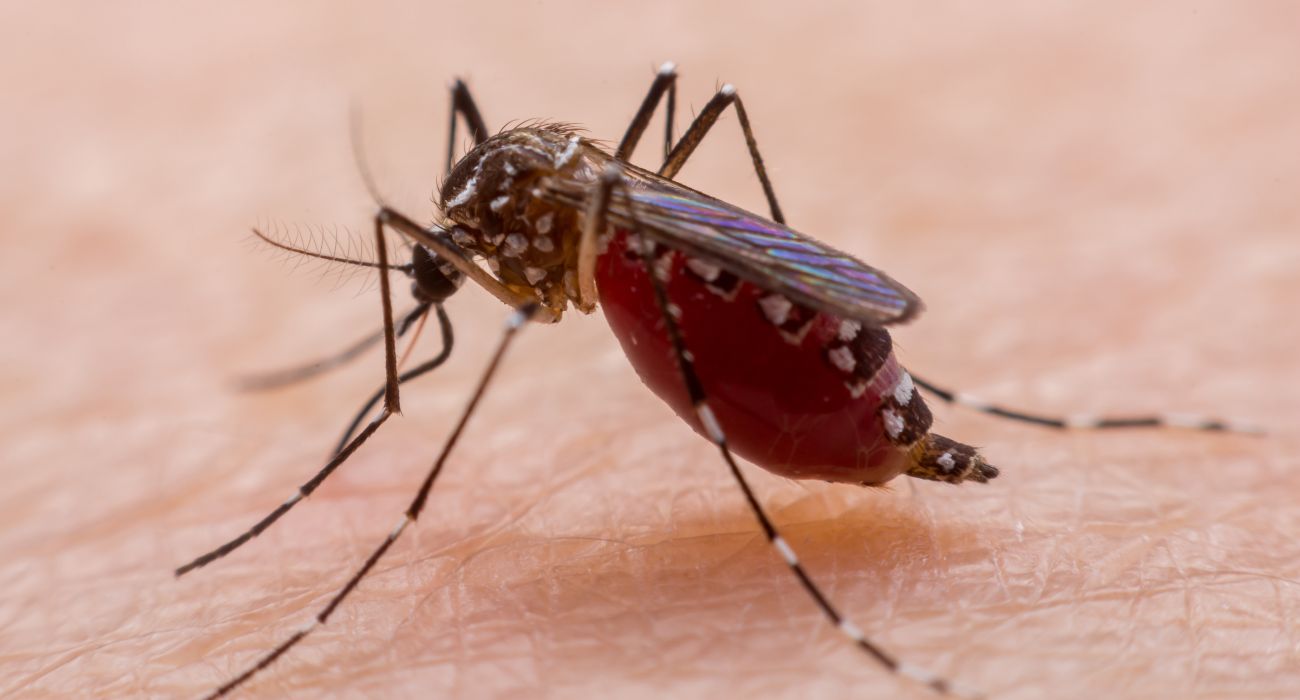The spread of tropical diseases, such as dengue fever, could accelerate if climate-related weather events worsen, according to simulations run by a team at the London School Of Hygiene and Tropical Medicine.
The research team cautioned that more flooding events driven by extreme storms, coupled with potential increases in global surface temperatures, may bring new health risks. For instance, these events have the potential to increase mosquito-borne disease outbreaks in regions typically free of these dangers, including North America.
Some diseases, like dengue fever, cannot be transmitted between people. Instead, they rely on mosquitos to spread.
Dengue fever affects roughly 100 million people globally each year, typically in tropical and sub-tropical zones. Annually, about 40,000 individuals die from the disease.
Dengue fever causes severe weeklong discomfort with symptoms similar to the flu, according to associate professor Stephen Barr from Western University in London, Ontario, Canada.
“You have prolonged fever for seven days, your bones feel so painful — like they’re going to break,” said Barr.
While dengue fever is extremely rare in North America, where the climatic conditions are not ideal for its spread, it is not unheard of. This fall, Florida identified a case of dengue following intense flooding prompted by Category 4 storm Hurricane Ian. Likewise, a spike in water-borne flesh-eating bacteria was also seen in areas of the state where flood waters were high, as previously reported in The Dallas Express.
Most dengue fever in the United States can be traced back to people traveling to endemic parts of the world, according to Texas Health and Human Services. However, the type of mosquito capable of transmitting the disease does exist in Texas and across the southeastern part of the country. In the past, infrequent outbreaks have been reported in south Texas and the Gulf coastal area. The risk of spread exists, but it is typically minimal.
While mosquitos cannot survive hurricane winds, they can proliferate afterward, spiking the spread of diseases weeks after a storm. The danger is especially high in regions that experience substantial rainfall, according to the Centers for Disease Control.
Oliver Brady, associate professor at the London School of Hygiene and Tropical Medicine, said that experts have known about these risks for decades, but only recently has the issue received attention.
“The research has been around since the 1950s, and only now people are taking it more seriously,” according to Brady.
In their simulations, Brady and his team attempted to estimate the impact of potential climate variations on dengue fever’s length of transmission season and the number of people at risk.
At the extreme end, they predict the total number of people globally at risk of dengue could rise to 4.7 billion, well over double the current 2 billion individuals at risk. This model assumes a dramatic average global temperature increase of roughly 3.7°C (38.6°F) higher than pre-industrial levels by the end of the century.
The research team also suspects that dengue risk zones could move northward to cover central Europe and the northern United States as rising temperatures promote more favorable conditions for transmissibility. Currently, the climate in these regions prevents mosquitos from surviving the entire year.
However, there is also a risk that mosquitos themselves, and not just the environment, could evolve to present a greater risk to these regions’ populations. “These mosquitos can survive sub-zero temperatures for a certain period of time, but not for [a] prolonged time,” explained Barr. “If it can acquire certain properties to allow it to survive our winters, it may learn to adapt.”
Another study focused more specifically on Texas similarly warned of rising rates of tropical diseases in the area. However, it painted a more complex picture that also pointed to urbanization, migration to the state, and poverty as contributing factors to this possible future issue.






